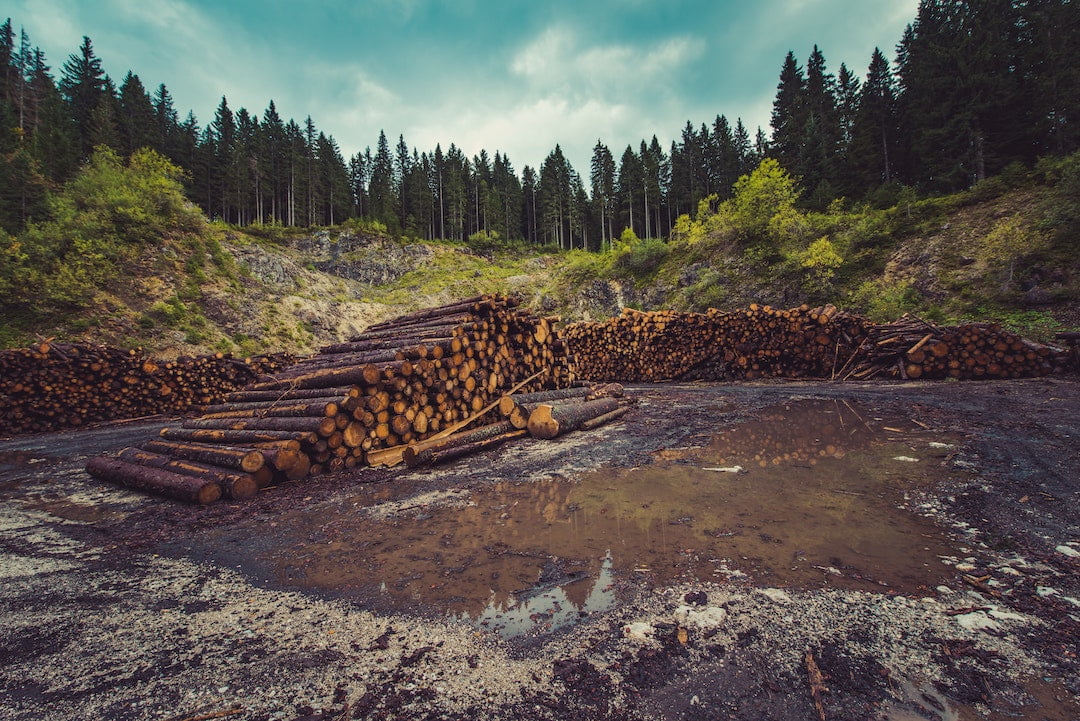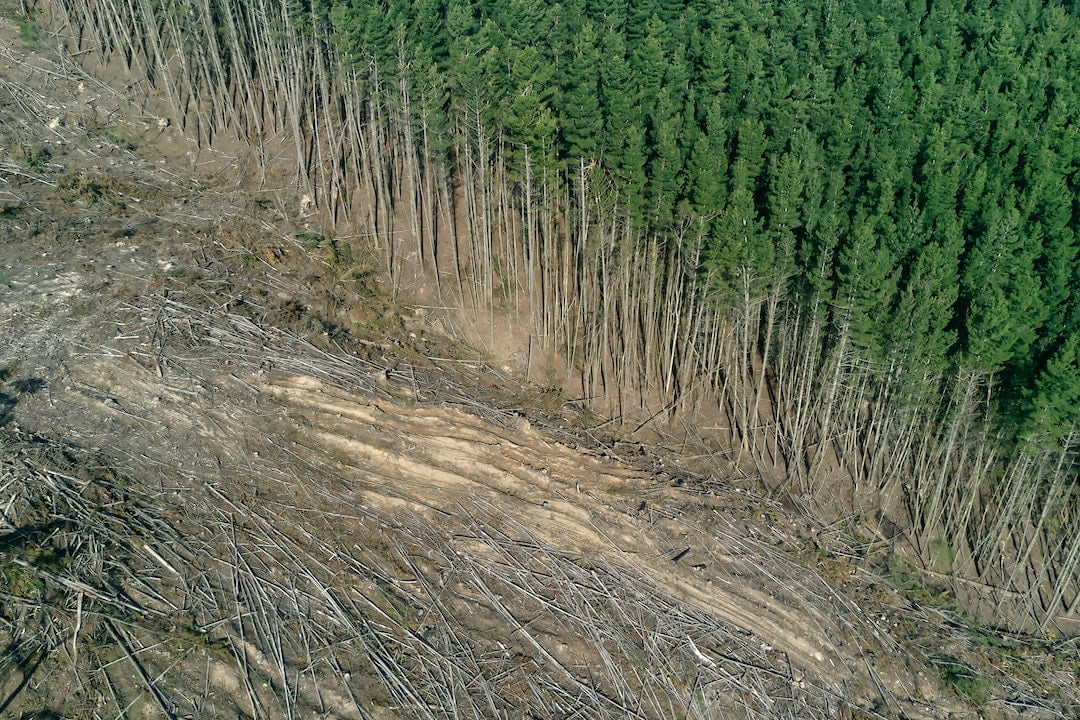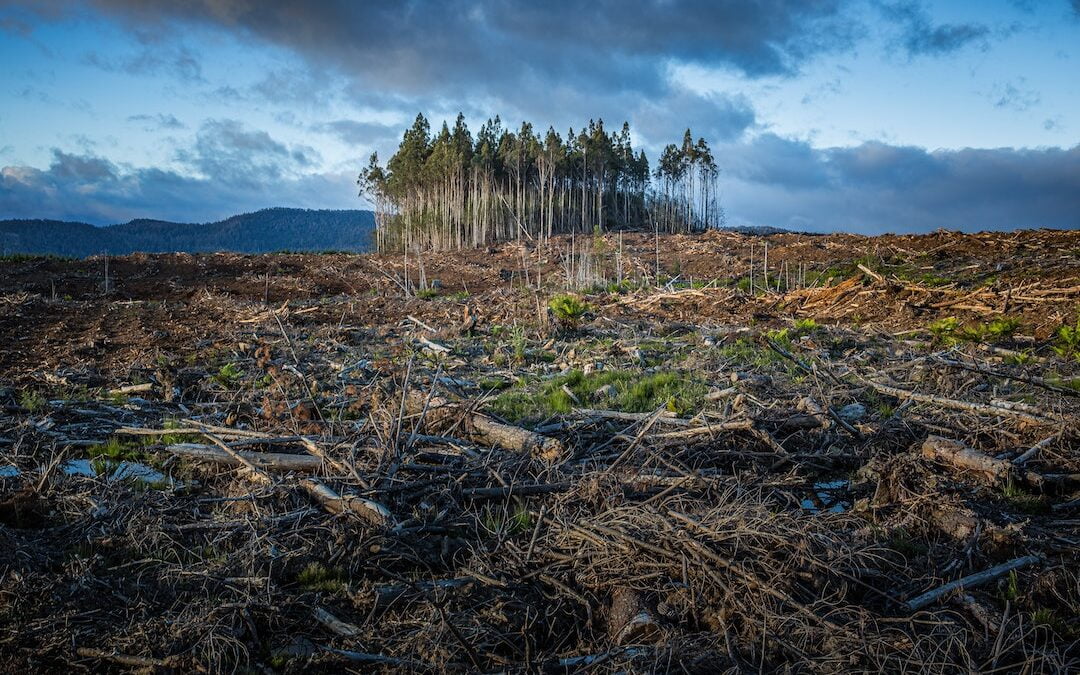A world-first study projects that climate change and land clearing will profoundly change half of the world’s remaining wilderness areas by 2050 unless governments act immediately to protect them.
Governments must act now to protect the world’s remaining wilderness areas, which are set to be severely impacted by land clearing and climate change, according to groundbreaking new research.
Such rapid change will lead to biodiversity loss and increase extinction in areas that are invaluable to the health of the planet, according to a combined team of scientists from Macquarie University, the University of Queensland, Sapienza University of Rome, and the University of Northern British Columbia.

“These areas, untouched by humanity, mitigate climate change because of their enormous carbon storage,” says Dr Ernest Asamoah, Macquarie Postdoctoral Research Fellow, lead author of the new research published in the online journal Current Biology. “They are also guardians of significant genetic information about the world’s biodiversity. We need this information, especially if we are going to rewild other areas.”
This is the first time researchers have measured the potential devastating dual effects of both climate change and land clearance on wilderness areas – which now cover about 20 per cent of the world’s land surface – and the rapid speed at which this is happening.
If emissions and land clearance continue at the same speed they will detrimentally affect about 49 per cent of remaining wilderness areas which are now estimated to be 30 million square kilometres – equivalent to the land mass area of three Europes. This area is also home to hundreds of millions of Indigenous people, who have had deep connections to the land for millennia.
Tree change: New research urges governments to take action to achieve biodiversity goals.
Almost three-quarters of the world’s remaining wilderness is located in just five countries: Russia, Canada, Australia, Brazil and the US (in order of importance). Achieving future global conservation goals – including zero-biodiversity loss – means keeping these areas intact, Asamoah says.

Expand protected areas
Only a fifth of global wilderness, making up four per cent of the world’s surface, is protected. “Our research found those areas that are protected are really thriving. They are giving plant and animal species the chance to better adapt to climate change,” Asamoah says. So, the researchers concluded that along with reducing land clearing and emissions, governments must expand these protected areas around the world.
In particular, Asamoah and his colleagues predict land use and the effect of climate changes will be more rapid on the edges of the Amazon, Northern Russian and Central Africa.
“These unprotected wilderness areas are currently at most risk. They are also critical for the preservation of global biodiversity and have unique species. Protecting these areas is urgent,” he says.
Their data analysis revealed that these areas may face climate change at a rate 56 per cent faster than non-wilderness areas and issues such as lack of water, food or increased temperatures, causing drought or forest fires, may force animals to move to cooler or wetter areas.
Using wilderness coverage and climate forecasts, the team assessed how species might move to find suitable climates. They found that animals could do this unimpeded until 2030, an important target for organisations developing biodiversity and conservation policies.
But when the researchers looked at the 2050 target, because nearly half the wilderness would be significantly changed, this would reduce animals’ ability to find new habitats.
The research team drew data from the Coupled Model Intercomparison Project, publicly available information collated by the World Climate Research Program – that centralises data from thousands of climate-modelling centres globally.
Asamoah’s team compared historical data on climate change and changing land use from 1971–2005 and predictive data covering 2016–2050.

Dr Ernest Asamoah
Cause for Optimism
Their results were not all pessimistic. They also created a best-case “sustainable development” scenario – predicated on governments taking action to expand protected areas to cover all wilderness areas, coupled with reducing emissions and stemming land clearance.
“If governments take these actions, then there’s some hope,” Asamoah says. “This will preserve the species in these areas and they can even act as escape routes, as refuges, for animals fleeing from other destroyed areas.”
It will also protect the cultural heritage of Indigenous communities and could significantly improve the outlook for these areas.
Asamoah emphasises that a lasting solution will entail governments working cooperatively with Indigenous people to protect their food, water and culture in this wilderness. “It will require direct involvement of Indigenous people, considering their knowledge and perspective to protect these areas,” he says.
The researchers also proposed how governments and organisations can better focus their conservation efforts by protecting biodiversity hotspots, sacred natural sites, water catchments and wetlands, among others.
One of Asamoah’s co-authors, Dr Maina Mbui, Senior Lecturer at the School of Natural Sciences, says the team projected climate change impacts into the future undermine many of the biodiversity conservation policies some countries have in place.
“By implementing a climate mitigation policy, we could significantly improve the outlook for the future, regardless of whether we are talking about biodiversity conservation, wilderness preservation or food security,” Mbui says.
Dr Ernest F.Asamoah is a Postdoctoral Research Fellow in the School of Natural Sciences at Macquarie University
Dr Maina Mbui is a Senior Lecturer in Spatial Information Science in the School of Natural Sciences at Macquarie University.
This story was first published by The Lighthouse by Macquarie University, Sydney. If you enjoyed this story, read more from The Lighthouse here.

